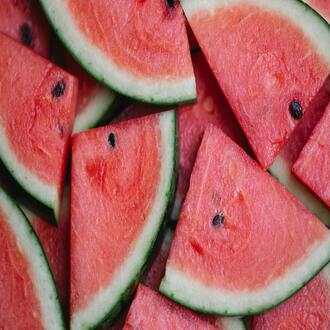Transcription Allergens in legumes
Characteristics of legume allergies:
- The species that most frequently cause allergic reactions in the Spanish population are lentils, and chickpeas.
- Beans are the species that cause the lowest number of cases of allergic reactions.
- Allergy to legumes in Spain is more frequent in boys than in girls.
- The child population is more affected by allergies to legumes than the adult population.
- The allergens of lentil, chickpea, pea, soybean and lupin are thermostable.
There are legumes that after cooking can increase the allergenicity indexes. Example: roasted peanuts.
The type of allergic reactions of legumes in some cases depends on the state in which they are consumed, for example, in beans, the fresh ones lack proteins (albumin) and the mature ones are rich in proteins. Characteristics of allergies to legumes:
- Legumes can cause reactions via inhalation, e.g.: some allergic reactions to soybeans.
- There is cross-reactivity between some legume allergies, e.g. those allergic to peanuts may have reactions to soybeans.
- Grains or particles of different pulses or of pulses and cereals can be found mixed due to contamination in the harvests or due to errors in the industry, warehouses or shopping centers.
Allergens in pulses: Pulses are rich in proteins, usually globulins and albumins. The compounds responsible for allergic reactions are fractions of the food proteins. Example 1: in the case of peanuts, it is a type of globulin (ara h 1 to ara h 8) that causes sensitization.
Example 2: in soybeans, 90% of the proteins are water-soluble globulins and albumins, with the 2s2 fraction being identified as the most allergenic. Food products that may contain pulses: Pulses can be used as foodstuffs processed by different methods, or as ingredients.
Main ways of processing pulses:
- To consume them raw, being tender. Example: beans.
- Cooked in vegetable broths. Example: soya, lentils, chickpeas, beans, etc.
- Fried. Example: chickpeas, peanuts.
- Roasted. Example: peanuts.
- Canned. Example: lentils, chickpeas, beans, etc.
- Sweets. Example: peanuts.
The peanut and the soybean are the legumes that with greater frequency can be found forming part of foods as components.
Products, ingredients and names that may contain peanuts:
- Cakes, ice cream, chocolates.
- Chili and curry sauces.
- Peanut oils.
- Jams, nougats, etc.
- Vegetable milks.
- Pizzas.
- Breakfast cereals.
- Sauces and salads.
- Butters.
Indications for the treatment of allergies due to consumption of legumes or foods containing them. The allergic to legumes should avoid the consumption of the legume that produces reactions, as well as foods containing it.
Those allergic to peanuts and soybeans should be attentive to the labeling of manufactured products, since these are the legumes that are most frequently found as ingredients in foods.
Those allergic to soy can suffer inhalation crises, so they should not stay in enclosed places where large quantities of this product are processed or handled.
Check the legumes well before processing them, since grains or particles of different legumes or of legumes and cereals can be found mixed due to contamination in the harvests or due to errors in the industry, warehouses or commercial centers.
legumes




